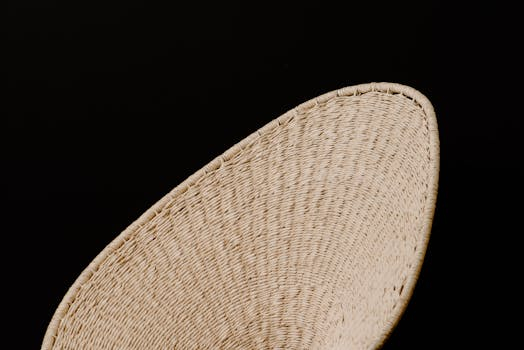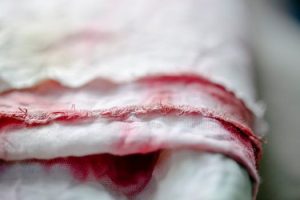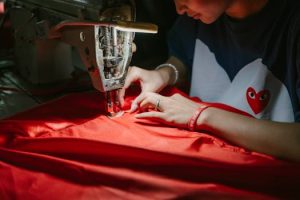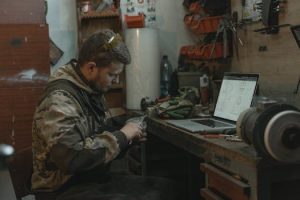Regenerative Textile Technologies Create Sustainable Fashion Ecosystems
The fashion industry has long been criticized for its detrimental impact on the environment. From the wastage of resources to the pollution and exploitation of workers, traditional fashion practices have contributed significantly to the global environmental crisis. In recent years, however, the rise of sustainable fashion has offered a glimmer of hope for a more eco-friendly and ethical approach to creating clothing. One emerging trend that has the potential to revolutionize the fashion industry is the use of regenerative textile technologies. In this article, we will explore how these technologies are promoting sustainable fashion ecosystems and reshaping the future of the industry.
The Problem with Traditional Fashion Practices
The fashion industry is one of the largest contributors to pollution and waste in the world. The production of clothing involves the use of vast amounts of water, chemicals, and energy, leading to harmful environmental consequences. Moreover, the disposal of clothing after use further adds to the environmental burden. It is estimated that the fashion industry produces 10% of global carbon emissions, consumes 93 billion cubic meters of water, and generates 92 million tons of waste each year.
The Need for Sustainable Solutions
As consumers become more conscious of the detrimental impact of fast fashion, there has been a growing demand for sustainable and ethical alternatives. Sustainable fashion aims to minimize the industry’s environmental footprint by reducing waste, conserving resources, and promoting fair labor practices. This shift towards sustainability has challenged the traditional linear model of fashion, which follows a take-make-waste approach.
The Role of Regenerative Textile Technologies
Regenerative textile technologies offer a more sustainable and ethical solution to fashion production. These technologies integrate principles of circular economy and regenerative agriculture to create a closed-loop system, where materials are reused and regenerated, rather than discarded. They not only reduce the environmental impact of fashion but also promote social responsibility by creating fair and safe working conditions for workers.
The Benefits of Regenerative Textile Technologies
Reduction of Waste
One of the greatest benefits of regenerative textile technologies is the significant reduction of waste. These technologies utilize sustainable materials, such as organic cotton, bamboo, and recycled fibers, to create clothing that lasts longer and has a lower environmental impact. Moreover, the closed-loop system ensures that materials are reused, recycled, or composted, eliminating the need for waste disposal.
Conservation of Resources
Regenerative textile technologies also play a crucial role in conserving resources. Traditional fashion practices rely on the use of non-renewable resources, such as oil-based synthetic fibers, which are not only harmful to the environment but also deplete these resources. In contrast, sustainable fashion utilizes renewable and biodegradable materials, resulting in a lower carbon footprint.
Promotion of Biodiversity
Regenerative agriculture practices, which are a key component of regenerative textile technologies, promote biodiversity. By using organic and natural materials, these technologies support the growth and diversity of plants, animals, and insects, which are essential for a healthy ecosystem. Moreover, organic farming practices also help to reduce soil erosion and improve soil quality, leading to a more sustainable production process.
The Future of Sustainable Fashion
The adoption of regenerative textile technologies has the potential to transform the fashion industry, making it more sustainable and ethical. With the increasing demand for environmentally responsible products, more and more fashion brands are incorporating these technologies into their production processes. This has not only led to a reduction in the industry’s environmental footprint but has also created new job opportunities in the sustainable fashion sector.
Conclusion
In conclusion, traditional fashion practices have had a devastating impact on the environment. However, with the rise of sustainable fashion, there is hope for a more responsible and ethical approach to clothing production. Regenerative textile technologies, with their focus on circular systems and regenerative practices, are paving the way for a more sustainable fashion ecosystem. By promoting waste reduction, resource conservation, and biodiversity, these technologies are reshaping the future of the fashion industry for the better.











